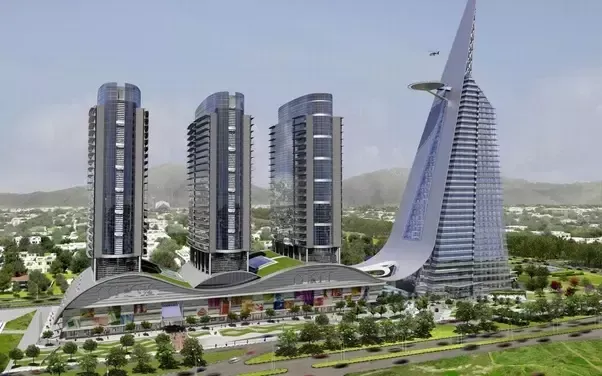Most Beautiful Cities in Pakistan is home to some of the most beautiful cities, each offering a unique blend of history, culture, and natural beauty. From the scenic capital Islamabad, known for its lush greenery and modern infrastructure, to Lahore, the cultural heart filled with Mughal-era architecture and vibrant food streets, every city has its charm. Karachi, the “City of Lights,” boasts stunning beaches and colonial landmarks, while Peshawar reflects rich Pashtun heritage and ancient bazaars.
Quetta captivates with its breathtaking landscapes and fruit orchards, whereas Murree, the “Queen of Hills,” is a favorite retreat for nature lovers. Whether exploring the spiritual shrines of Multan, the historic forts of Sialkot, or the bustling markets of Rawalpindi, Pakistan offers an incredible mix of modernity and tradition, making it a must-visit destination.
Top 10 Most Beautiful Cities in Pakistan
| Rank | City | Description |
|---|---|---|
| 1️⃣ | Islamabad | The capital city, known for its modern architecture, lush greenery, Margalla Hills, and Faisal Mosque. |
| 2️⃣ | Lahore | The cultural hub, home to historical sites like Badshahi Mosque, Lahore Fort, and vibrant food streets. |
| 3️⃣ | Karachi | Pakistan’s largest city with stunning beaches, colonial architecture, and a thriving economic hub. |
| 4️⃣ | Peshawar | One of the oldest cities, featuring historic bazaars, ancient monuments, and traditional Pashtun culture. |
| 5️⃣ | Quetta | Surrounded by mountains, known for Hanna Lake, Urak Valley, and its natural beauty. |
| 6️⃣ | Multan | The “City of Saints,” famous for Sufi shrines, ancient forts, and rich cultural heritage. |
| 7️⃣ | Faisalabad | An industrial city known for its textile industry, historic Clock Tower, and lively bazaars. |
| 8️⃣ | Rawalpindi | Adjacent to Islamabad, offers historical sites, vibrant markets, and a bustling lifestyle. |
| 9️⃣ | Sialkot | World-famous for sports goods manufacturing, home to historical sites like Sialkot Fort. |
| 🔟 | Murree | A scenic hill station known for lush forests, cool climate, and colonial-era architecture. |
1️⃣ Islamabad – The Scenic Capital

Why It’s Beautiful:
Islamabad, Pakistan’s capital, is renowned for its modern infrastructure, lush greenery, and tranquil environment. Nestled at the foothills of the Margalla Hills, the city offers a perfect blend of urban development and natural beauty.
Key Attractions:
- Faisal Mosque – The largest mosque in Pakistan, known for its stunning architecture.
- Daman-e-Koh – A viewpoint offering breathtaking views of the entire city.
- Pakistan Monument – A national symbol that represents the unity of Pakistan.
- Rawal Lake – A beautiful artificial lake perfect for boating and picnics.
- Margalla Hills National Park – A haven for nature lovers and hikers.
Lahore – The Cultural Heart
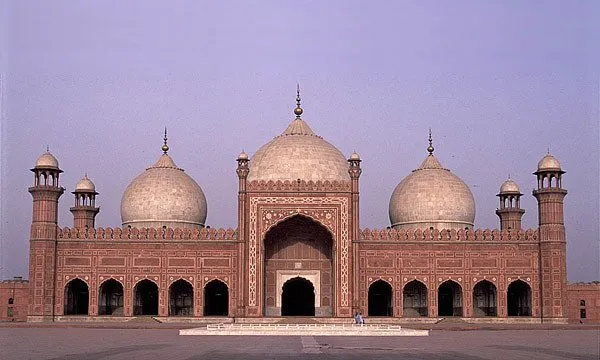
Why It’s Beautiful:
Lahore, known as the “Heart of Pakistan,” is a city rich in history, culture, and architectural wonders. It is famous for its Mughal-era structures, vibrant food streets, and artistic heritage.
Key Attractions:
- Badshahi Mosque – One of the largest mosques in the world, built in Mughal style.
- Lahore Fort – A UNESCO World Heritage Site showcasing Mughal grandeur.
- Shalimar Gardens – Historic Persian-style gardens built by Emperor Shah Jahan.
- Minar-e-Pakistan – A symbol of Pakistan’s independence.
- Food Street – Located in the old city, offering the best traditional Pakistani cuisine.
3️⃣ Karachi – The City of Lights
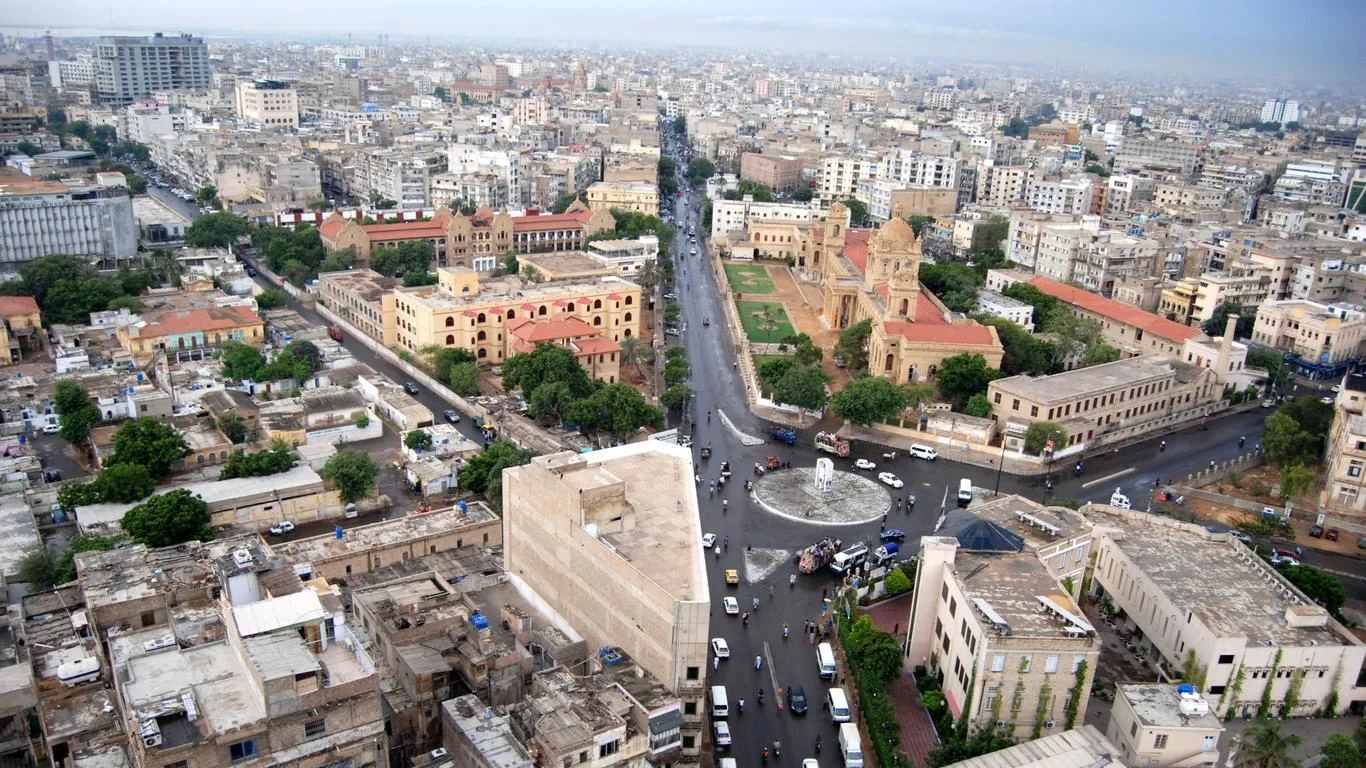
Why It’s Beautiful:
Karachi, Pakistan’s largest city, is a melting pot of cultures, business, and scenic coastal beauty. The city boasts stunning beaches, colonial architecture, and a dynamic nightlife.
Key Attractions:
- Clifton Beach – A popular spot for picnics and horse rides.
- Quaid-e-Azam’s Mausoleum – The final resting place of Pakistan’s founder.
- Port Grand – A waterfront food and entertainment district.
- Mohatta Palace – A historic museum showcasing Indo-Saracenic architecture.
- Hawke’s Bay Beach – A serene beach known for turtle nesting.
4️⃣ Peshawar – The City of Flowers

Why It’s Beautiful:
Peshawar, one of the oldest cities in South Asia, is a historical treasure filled with ancient sites and a rich Pashtun culture.
Key Attractions:
- Qissa Khwani Bazaar – Known as the “Storytellers’ Market,” this bazaar is famous for its traditional tea and historical significance.
- Bala Hisar Fort – An ancient fort offering a panoramic view of the city.
- Mahabat Khan Mosque – A stunning 17th-century mosque.
- Peshawar Museum – Home to Gandhara artifacts and Buddhist relics.
5️⃣ Quetta – The Fruit Garden of Pakistan

Why It’s Beautiful:
Surrounded by majestic mountains, Quetta is known for its cool climate, natural beauty, and orchards filled with apples, cherries, and peaches.
Key Attractions:
- Hanna Lake – A breathtaking blue lake perfect for boating.
- Urak Valley – Known for its lush green fields and fruit farms.
- Ziarat – A hill station famous for Quaid-e-Azam’s Residency.
- Quetta’s Bazaar – Offering traditional Balochi handicrafts and dry fruits.
6️⃣ Multan – The City of Saints

Why It’s Beautiful:
Multan is one of Pakistan’s oldest cities, rich in Sufi heritage and stunning architectural marvels.
Key Attractions:
- Shrine of Shah Rukn-e-Alam – A magnificent Sufi shrine.
- Multan Fort – An ancient fort with breathtaking views of the city.
- Hussain Agahi Bazaar – A vibrant marketplace with traditional crafts.
- Ghanta Ghar – The historical clock tower.
7️⃣ Faisalabad – The Manchester of Pakistan

Why It’s Beautiful:
Faisalabad is a major industrial and textile hub with a unique blend of history and modernity.
Key Attractions:
- Clock Tower (Ghanta Ghar) – The city’s most iconic landmark.
- Jinnah Garden – A peaceful green space in the heart of the city.
- Gatwala Wildlife Park – Home to exotic animals and picnic areas.
- Chenab Club – A historical colonial-era club.
8️⃣ Rawalpindi – The Twin City
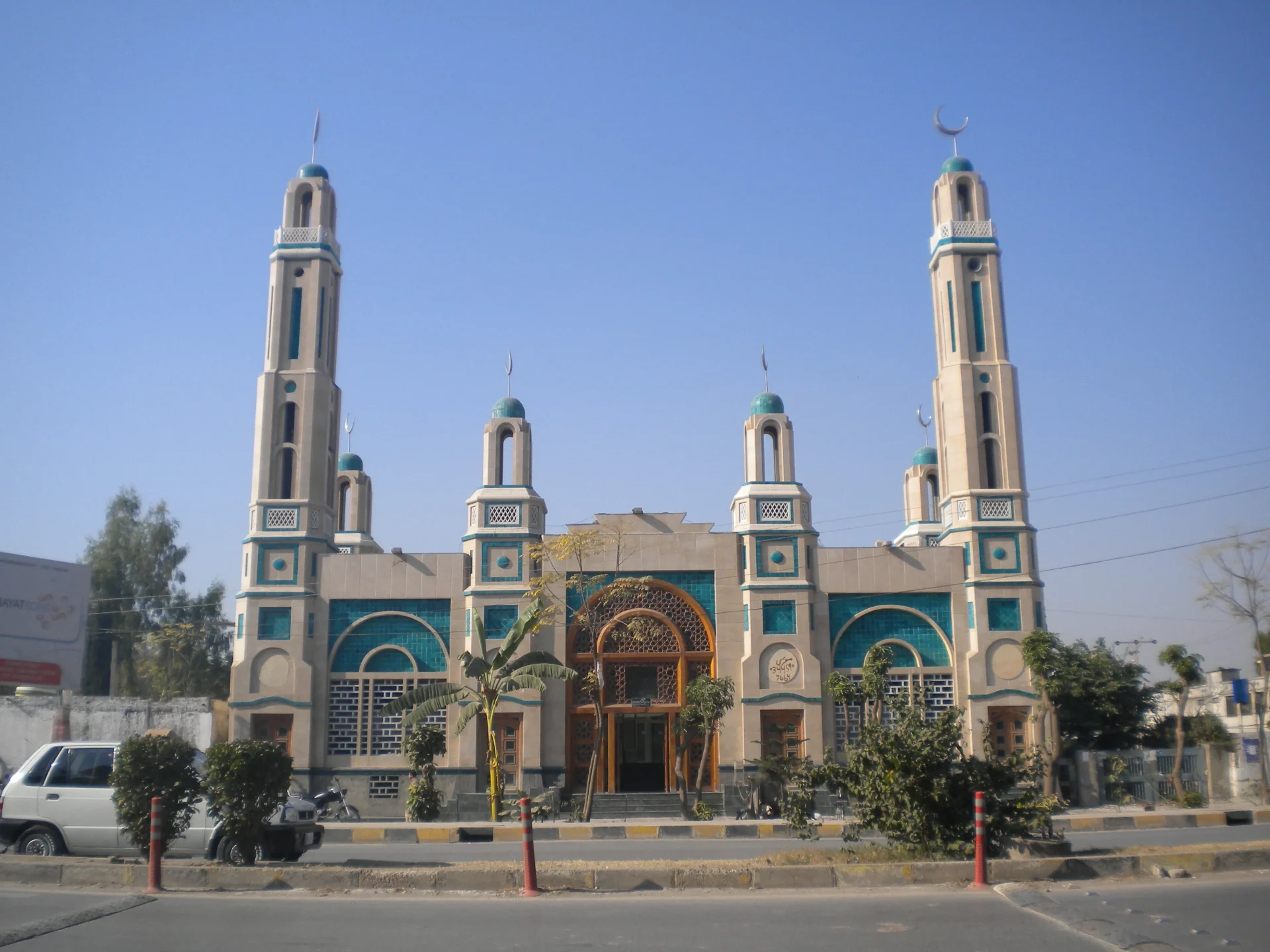
Why It’s Beautiful:
Rawalpindi, located next to Islamabad, offers a mix of historic charm and modern development.
Key Attractions:
- Ayub National Park – A large recreational park.
- Saddar Bazaar – Famous for shopping and street food.
- Raja Bazaar – One of the oldest and busiest markets.
- Rawat Fort – A historic fort with Mughal-era architecture.
9️⃣ Sialkot – The City of Iqbal

Why It’s Beautiful:
Sialkot is an industrial city famous for producing world-class sports goods and its historical significance.
Key Attractions:
- Iqbal Manzil – The birthplace of Allama Iqbal.
- Sialkot Fort – An ancient fort with rich history.
- Head Marala – A scenic picnic spot on the Chenab River.
🔟 Murree – The Queen of Hills
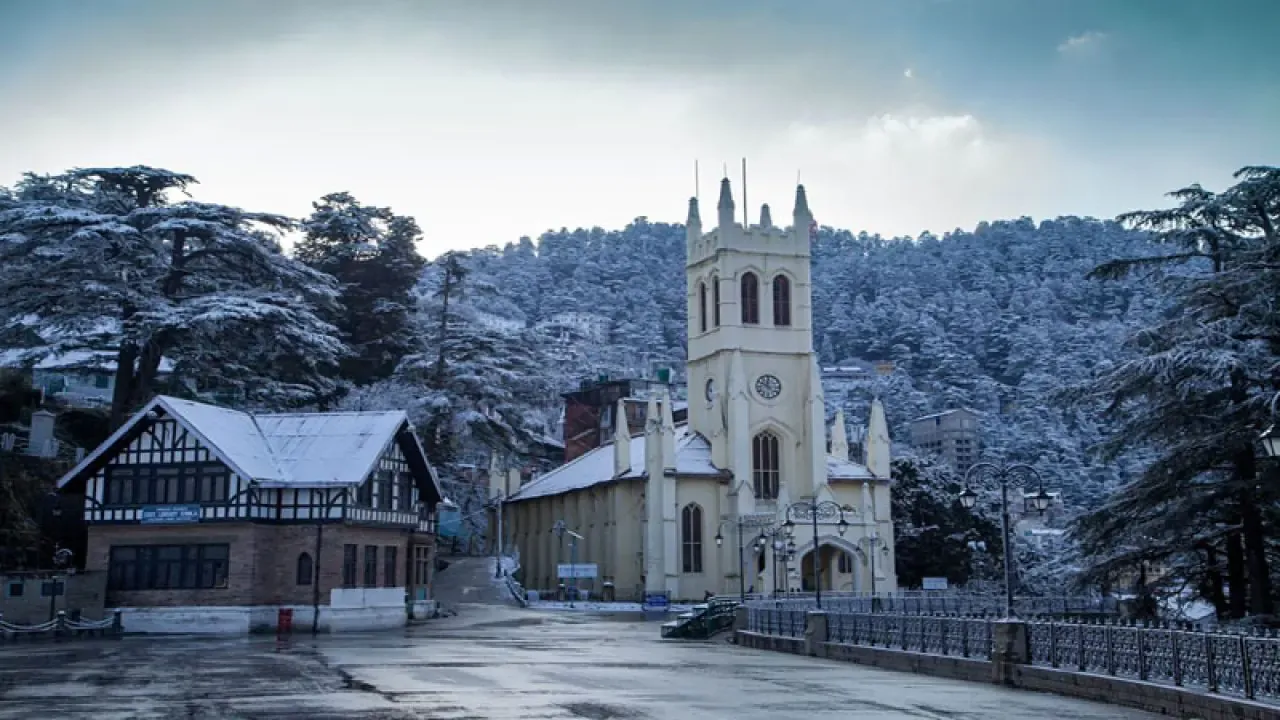
Why It’s Beautiful:
Murree is a famous hill station in Pakistan, offering stunning mountain views, cool weather, and colonial-era architecture.
Key Attractions:
- Mall Road – A lively shopping street.
- Patriata (New Murree) – Famous for its chairlifts and lush forests.
- Pindi Point – A scenic viewpoint.
- Murree Brewery – One of the oldest breweries in South Asia.
Offical Website – Link
Conclusion
Pakistan is home to some of the most stunning cities, each offering its own unique charm. Whether it’s the modern beauty of Islamabad, the cultural richness of Lahore, the coastal vibes of Karachi, or the historical depth of Peshawar, each city has something extraordinary to offer. These cities highlight the diverse landscapes, history, and traditions of Pakistan, making them must-visit destinations for locals and tourists alike.
FAQs
What is the most beautiful city in Pakistan?
Islamabad is widely considered the most beautiful city due to its cleanliness, modern infrastructure, and scenic Margalla Hills.
Which city is best for historical sites?
Lahore is the best city for historical sites, featuring Lahore Fort, Badshahi Mosque, and Shalimar Gardens.
Which city is best for a nature retreat?
Murree and Quetta offer breathtaking natural beauty and a peaceful environment.
What is the most visited city in Pakistan?
Lahore and Islamabad are among the most visited cities due to their cultural and natural attractions.
Which city is the best for shopping?
Karachi, Lahore, and Faisalabad are known for their vibrant shopping districts and markets.
